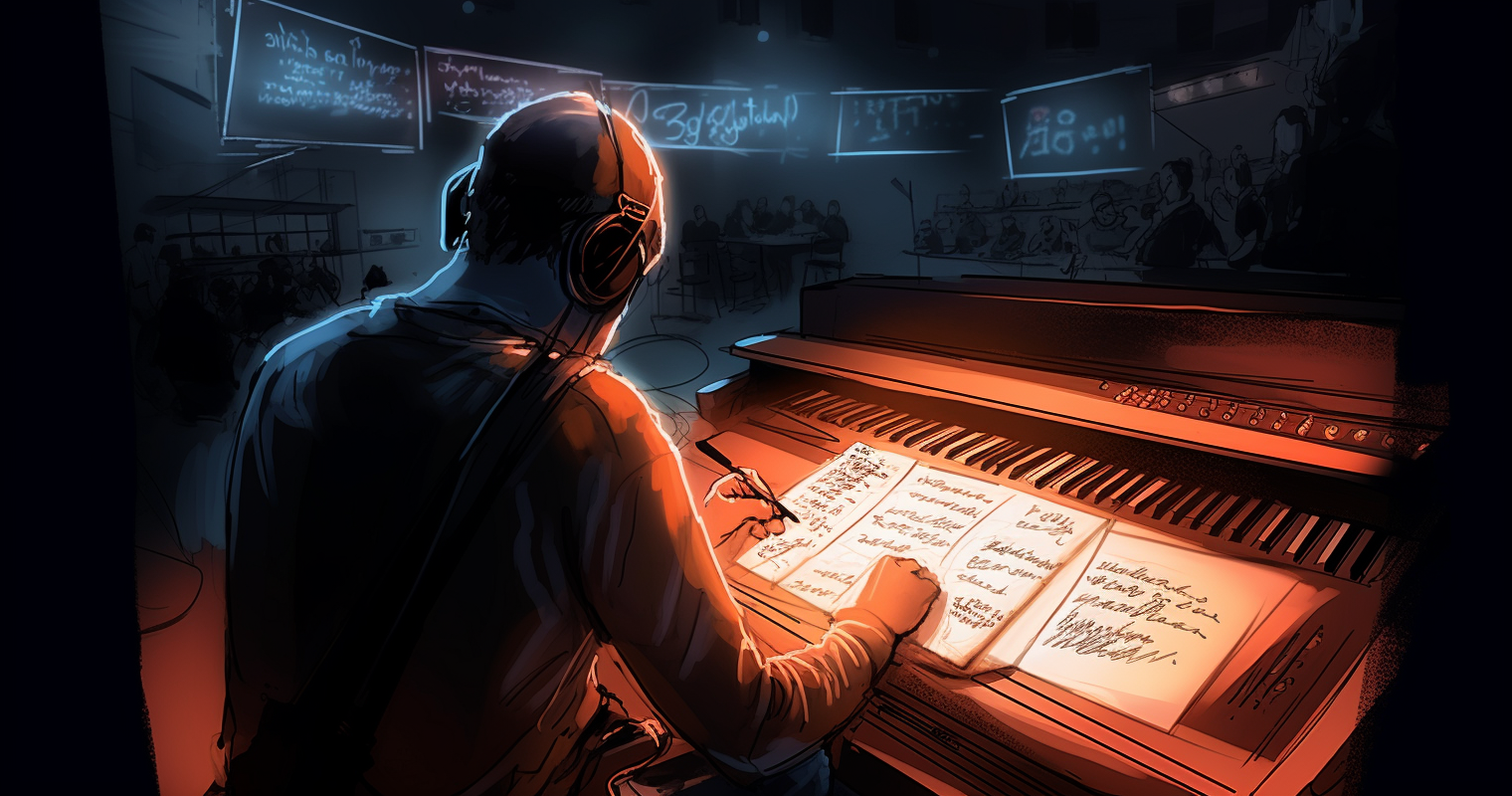A well-crafted setlist can translate into an unforgettable experience for both the artist and the audience.
However, behind the scenes, a setlist involves more intricacies than simply compiling a list of songs.
In this article, we delve into the essence of a setlist, its importance, and provide some tips for creating one.
What is a Setlist?
At its core, a setlist is a predetermined sequence of songs that an artist, band, or orchestra plans to perform during a concert, event, or recording session.
It serves as a roadmap for the performance, guiding the musicians and the supporting teams through the show.
Who Creates the Setlist?
The setlist is usually created by the artist or the band.
In some cases, a musical director or a manager could take on the task, particularly in larger productions or tours.
Collaboration and open discussion among the team often leads to the final selection and order of songs.
Why Use a Setlist?
A setlist plays an essential role in ensuring the smooth execution of a live show.
Different teams involved in a concert—audio and lighting engineers, backline technicians, tour managers—all rely on the setlist.
It provides them with vital information on the order of songs, the duration of each song, specific technical requirements, and cues for special effects or stage changes.
Hence, a setlist is far more than just a list of songs—it is a key tool for overall event management and coordination.
Creating the Setlist
Creating the setlist is a creative and strategic process.
It takes into consideration several factors.
Some of these include the audience’s preferences, the event’s mood and setting, song durations, transitions, and key moments in the show.
Each setlist is unique, tailored to optimize the artist’s connection with their audience and to ensure a seamless flow of the performance.
When is the Setlist Created?
For major productions, having a working list of songs is absolutely essential when designing the show.
There are multiple departments that have to think through how to implement a song change.
For bands that rely heavily on improvisation and are able to call songs on the bandstand, their approach will vary considerably when compared to a programmed show.
Additional Key Details
A typical setlist includes not just the names of the songs, but also key details.
This includes song duration, song key, any special effects or stage changes during the song, and cues for the lighting and sound team.
Additionally, it may contain notes for potential improvisation sections, solos, or audience interaction moments. But, wait! There’s more!
Be sure to include show-specific information such as the day of the week, date, venue name, and city you’re performing in.
Touring can be a disorienting endeavor, and if you’re performing in Cleveland, you want to be sure to say Hello, Cleveland!
These details are also useful when registering setlists with Performance Royalty Organizations.
Printing the Setlist
The finalized setlist is often printed and distributed to all members of the band and crew well before the scheduled performance.
This allows for any note writing, and getting them to where they need to be.
Eventually, they will find their way to the stage and be placed where requested by the performer.
Be sure to secure them to the deck so they don’t blow away or get kicked off the stage by footwork.
It’s worth mentioning that some artists prefer using a digital tablet and won’t require a printed setlist at all.
Festival Sets
Festival performances often require a different approach to the setlist.
As festivals usually host multiple artists, the time allocated for each act is less compared to a headlining concert.
Therefore, the setlist for a festival performance might be shorter, more dynamic, and would typically include the artist’s most popular songs.
Knowledge of specific song runtimes and efficient transitions is crucial for creating a successful festival setlist.
Historical Significance
The tradition of creating and preserving setlists holds great historical significance in the music industry.
In the past, setlists were often handwritten, serving as a tangible piece of the concert or show that took place.
They were sometimes tossed into the audience, taken home as souvenirs, or collected by dedicated fans.
These artifacts can provide a fascinating snapshot of a particular point in an artist’s career.
They show the songs artists were performing, their style of music at that time, and how their repertoire evolved over the years.
Documentation
After an artist has been touring for a number of years, it’s a good idea to reference previous sets to see what songs were performed in certain regions.
Die-hard fans will appreciate hearing a deep cut or witnessing a song being performed for the first time.
As a tour manager, it’s a good idea to be meticulous with notes and document everything that happens.
You think you’ll remember, but after multiple visits to the same city, it starts to get a little fuzzy.
Modern Day
In the digital age, setlists have found a new life online.
Websites and databases now collect and archive setlists from concerts all over the world.
This enables fans to keep track of what their favorite artists are playing, discover new music, and relive their concert experiences.
Is it Setlist or Set List?
A truly polarizing issue.
Your guess is as good as ours.
Conclusion
The setlist, once a simple tool, has evolved into a historical document, an object of fandom, and a symbol of the live music experience.
It serves as a testament to the artist’s journey, marking the evolution of their craft, style, and their resonance with the audience.
Enjoy your set list journey and make sure to have lots of extra printer ink on hand for last-minute changes.
